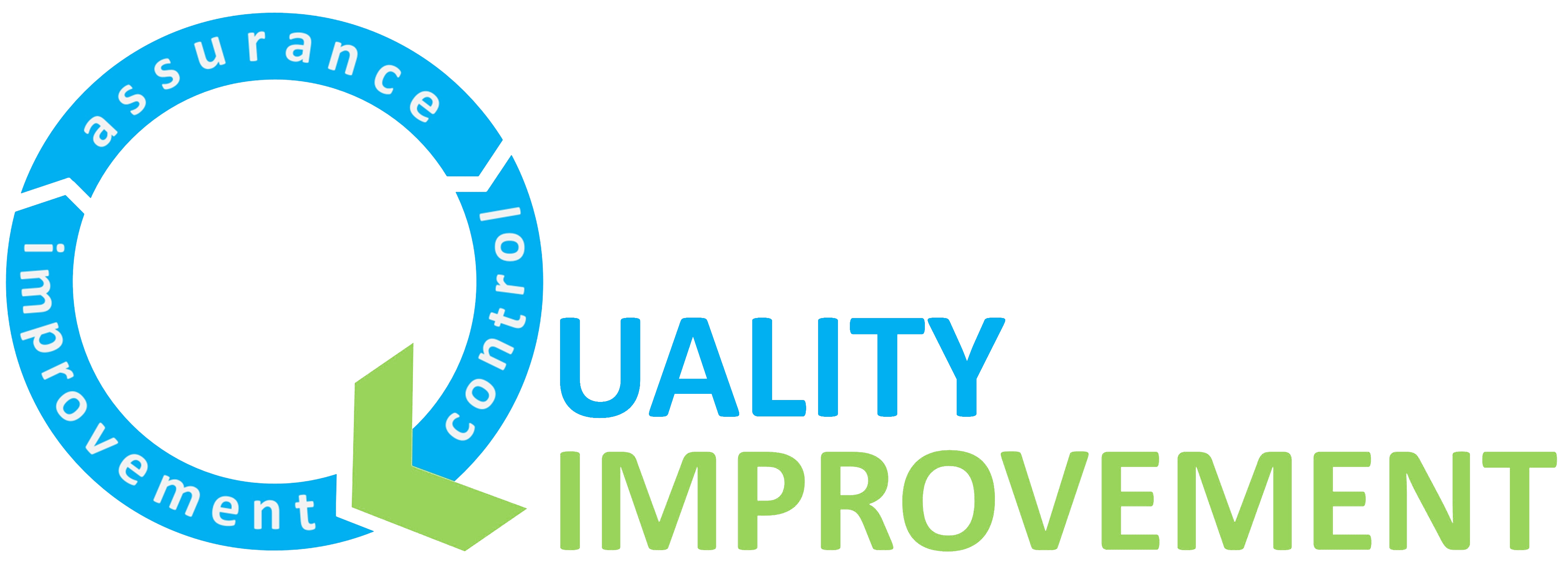
How PDSA testing helped the Early Years Speech and Language Therapy team decide to implement text message reminders
8th April 2022
By Cath Heaney, Improvement Advisor and Natalie Stowell, project leader and Graduate Management Scheme Trainee.
In this 6-minute read, learn about how the Early Years Speech and Language Therapy (SLT) Quality Improvement (QI) project team in the Specialist Children and Young People’s Service (SCYPS) collaborated effectively, and used Plan-Do-Study-Act cycles rigorously, to test their change idea of introducing text message reminders.
The QI project team in SCYPS formed in April 2021. The team was convened by two Speech and Language Therapists, who invited a parent (who has used the service), a patient pathway coordinator, a therapy assistant, and representatives of local nurseries and the children’s centre to join them. Together they are working towards their aim to reduce referral to treatment time in Early Years Speech and Language Therapy from 375 days to 182 days, by 31/03/2023.
This matters to the service because the earlier a child is seen at this young age, the better their outcomes at school and in later life. This quality issue was identified by clinicians in the team and you can read more about the project’s progress, in this story that focuses on their use of QI tools through the first three parts of the ELFT sequence of improvement.
Early progress for this team is captured in a story published in September 2021. This story describes how the team used flow charts to understand the existing processes and identify issues and ideas that led to their driver diagram.
In their theory of change, the project team identified three primary drivers of capacity, demand and flow. They described a total of 16 change ideas. This story centres around one change idea and how the project team used PDSA methodology to test it.

Figure 1. Hypothesis from text message reminder change idea
Figure 1 shows the team’s hypothesis; that if they send text message reminders, then they will maximise utilisation of their capacity (by reducing waste) and therefore by seeing more children, they will reduce the referral to treatment time.
To support their choice of change idea to test first, the team looked at data about wasted clinic appointments through Do Not Attend (DNA). Figure 2 below shows a comparison of % of DNA at their main clinic locations and Figure 3 below shows the % of DNA for all their appointments in the service.

Figure 2. DNA data at main clinic locations with initial observations

Figure 3. DNA data in Early Years Speech and Language Therapy, overall
Discussing this data in the project team meetings enabled the team to decide where to begin their PDSA testing. They chose West Ham Lane because it is the location with the highest volume of appointments.
The project team used a detailed planning form to learn the rigour of the PDSA approach. The form helped them to be clear about how their test would be carried out.
The project team articulated five questions to be answered through the PDSA cycle, to check that the change idea met with their hypothesis. which are shown in table 1 below:

Table 1. Questions and predictions for PDSA cycles
The team progressed through a ramp of 4 PDSA cycles, as shown below in figure 4.
Figure 4. PDSA cycles for the text message reminder change idea
Each time a Plan had been Done, the team met to Study and determine the Act together. Together they reviewed the data collected and discussed feedback from staff and service users.
The measurement plan for this PDSA involved quantitative and qualitative feedback. The patient pathway coordinator used a simple spreadsheet to capture the appointment outcomes, as well as the process of sending the text messages. This included whether text messages failed to deliver and whether text messages resulted in rebooking of appointments. All the SLTs used a simple survey to ask parents about the value of the text message reminders and to provide feedback on their timing and wording. The QI coach provided support for the project lead. The project lead provided support for the SLTs, alongside their manager, who also participated in project meetings at this time.
Service user and staff feedback are included in the descriptions of each cycle in Figure 4 above. The chart in Figure 5 below shows that the number of DNAs for those that received a text message reminder. The mean percentage was 7.9 and median was 0% DNAs for those in clinics with text message reminders, compared to a mean percentage of 17.6% in the service overall.

Figure 5. DNA data for appointments receiving text message reminders.
When considering the data and the experience of staff and service users, the project team came to the following conclusions about their hypothesis for this change idea (see table 2).

Table 2. Questions, predictions and learning for PDSA cycles
In this 2-minute audio clip Ola, the Patient Pathway Coordinator (PPC), gives her personal reflection and description of the way the team approached application of the PDSA method.
Figure 6. Patient Pathway Coordinator, Ola, describes her role and experience
By using PDSA rigorously this team arrived at a high degree of belief in this change idea, that it will help them to achieve their aim. They are now prepared to implement this change idea, to make sending text message reminders a part of the day-to-day operation of the system.
The next steps for the team are to use the implementation checklist to create an action plan for sending automated text message reminders for their appointments.
Most Read Stories
-
Why is Quality Control important?
18th July 2018
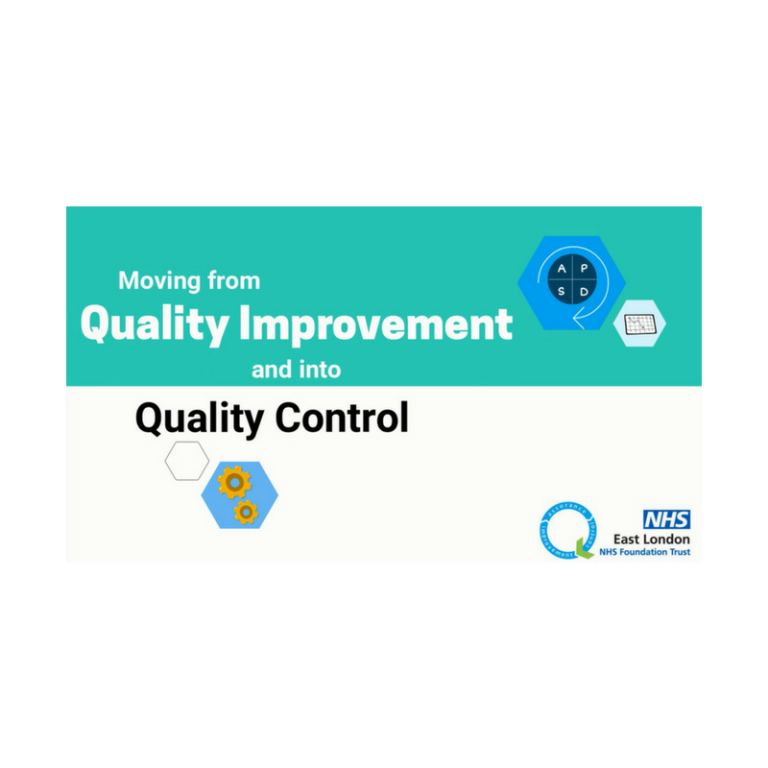
-
An Illustrated Guide to Quality Improvement
20th May 2019
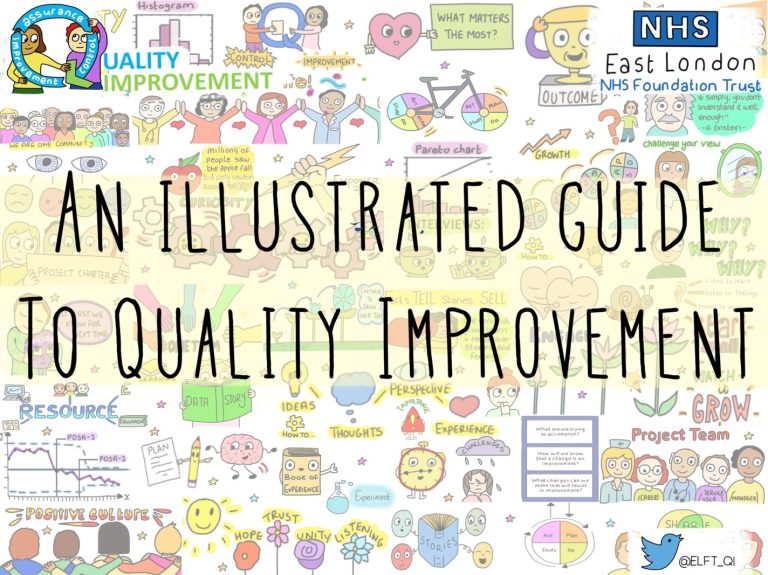
-
2016 QI Conference Poster Presentations
22nd March 2016
-
Recognising Racism: Using QI to Help Take Action
21st January 2021
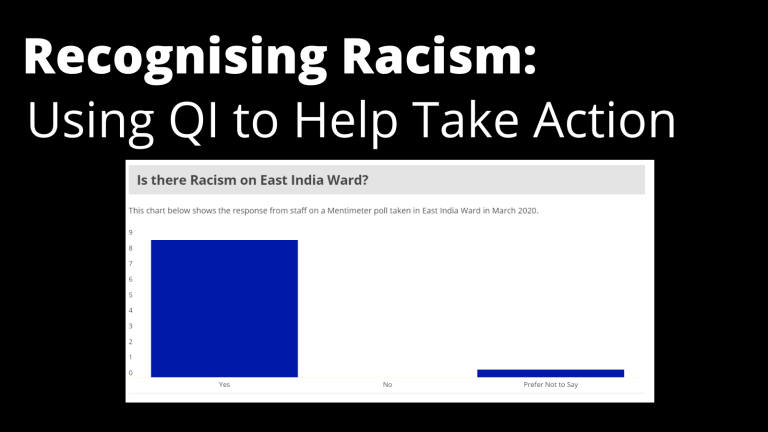
-
Using data enabled us to understand our problem
31st March 2023
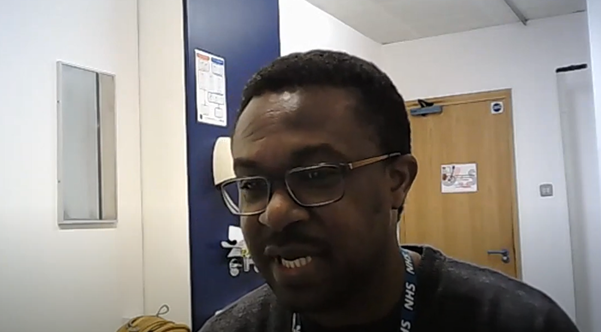
-
QI Essentials: What does a Chief Quality Officer do?
18th March 2019

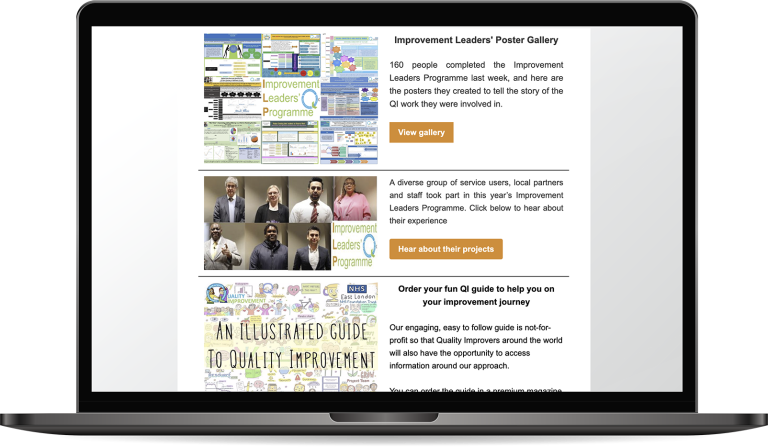
Follow QI on social media
To keep up to date on the latest concerning QI at ELFT, follow us on our socials.

